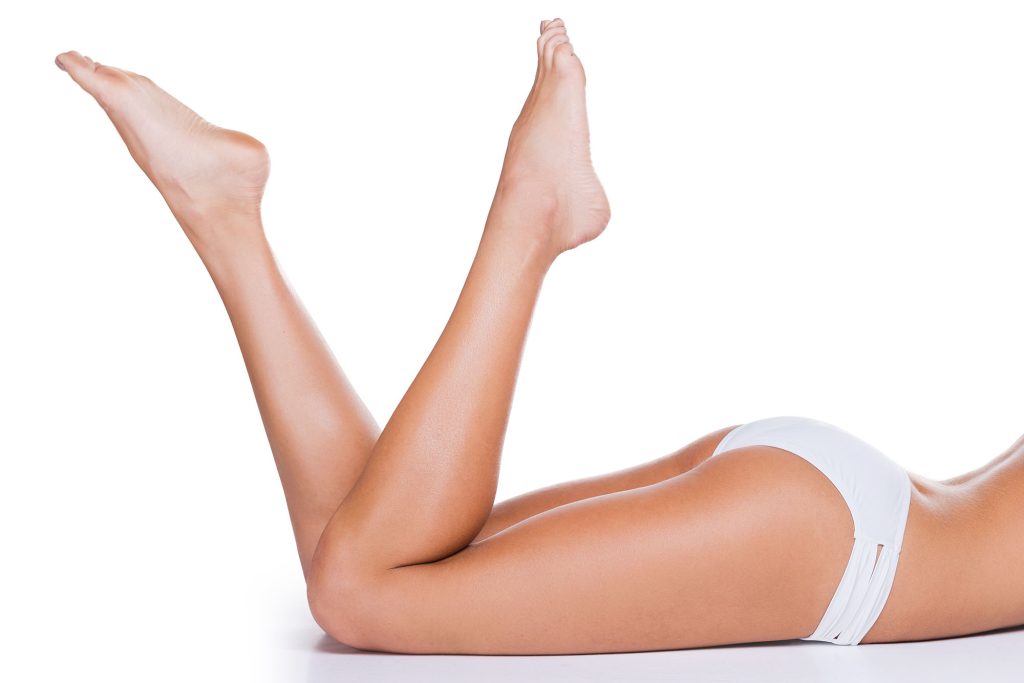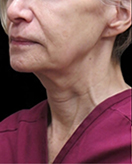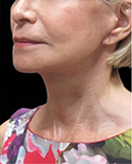Wart Removal
Conveniently located to serve the areas of New York, NY

Common medical treatments are often not enough to eradicate persistent warts and nail fungus. Multiple modalities may be necessary to effectively treat these troubling conditions. Dr. Levine combines the power of laser therapy with traditional medical measures to reduce skin warts and nail fungus.*
Procedure
Warts are benign skin growths that may be caused by a wide variety of viruses. They may appear singly or in clusters, and often cause pain and discomfort. In combination with medications, lasers can effectively treat persistent warts. During laser wart treatment, energy from the laser is absorbed under the skin’s surface by the small blood vessels that feed the wart. Disrupting the blood supply prevents blood and nutrients from reaching the wart, eventually starving the virus that causes the wart.
Nail Fungus
Nail fungus is a common condition that is often difficult to treat. Fungal infections can cause discoloration, deformation, peeling, and even loss of the toenails or fingernails. Lasers work to target and kill the fungus, while leaving surrounding tissue unharmed. Used in combination with medical treatment, laser therapy is an effective method for eliminating nail fungus.
Treatment Duration
For wart removal, the number of treatments required will vary, depending on the number and location of the warts. Some warts need only one or two laser treatments, while deeper warts may require additional treatments. For nail fungus, usually only two laser treatments are necessary to kill the fungus, each a month apart, although it will take several months to complete healthy nail re-growth. Dr. Levine will assess your condition and recommend the treatment schedule most suited to your specific needs.
Expectations
Laser wart and nail fungus treatment is performed on an outpatient basis in our offices. You may feel a warm sensation during the procedure, but treatment is usually fast and comfortable. There’s no need for anesthesia, and you may return to your normal activities after your treatment.*
Contact
Dr. Elie Levine will be happy to meet with you to discuss post-bariatric weight loss procedures. Please call our office at (212) 988-1800, or make an appointment online for a personal consultation in our New York City offices.

